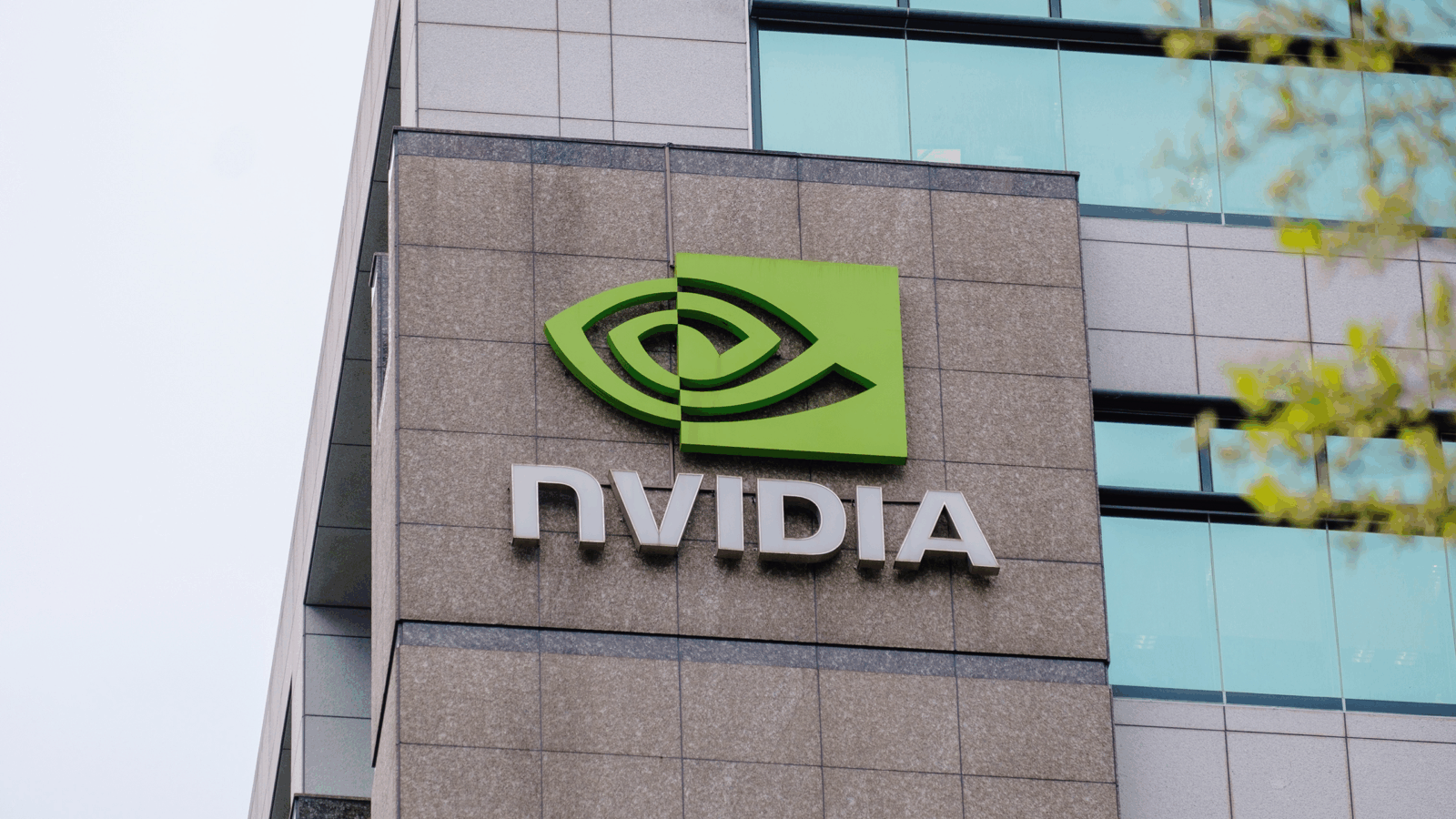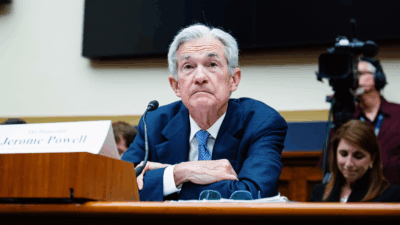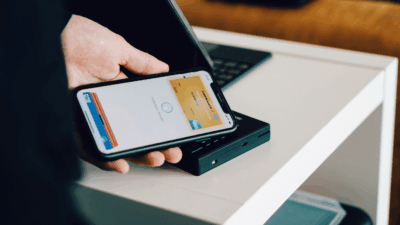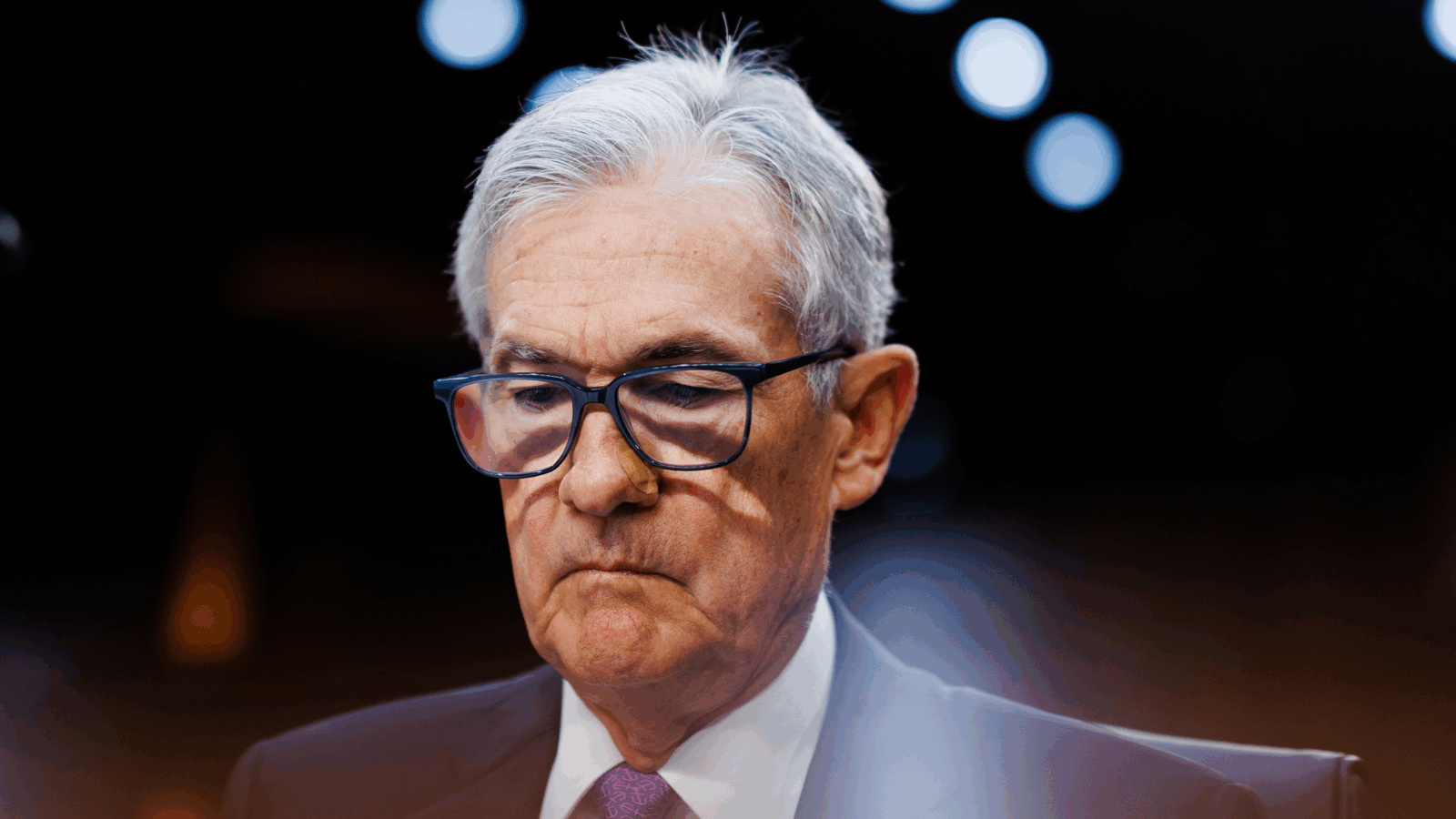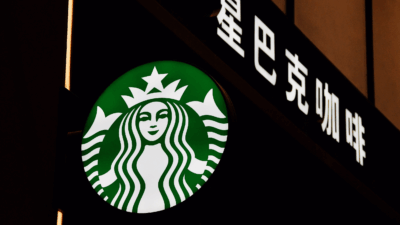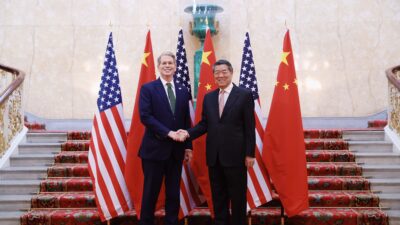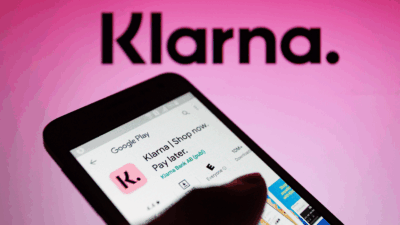After a Pandemic High, Consumers are Coming Down with No Buy 2025
It’s the new sensation that’s sweeping the nation, and it doesn’t cost you a penny. Frugal consumers are giving up non-essential purchases.
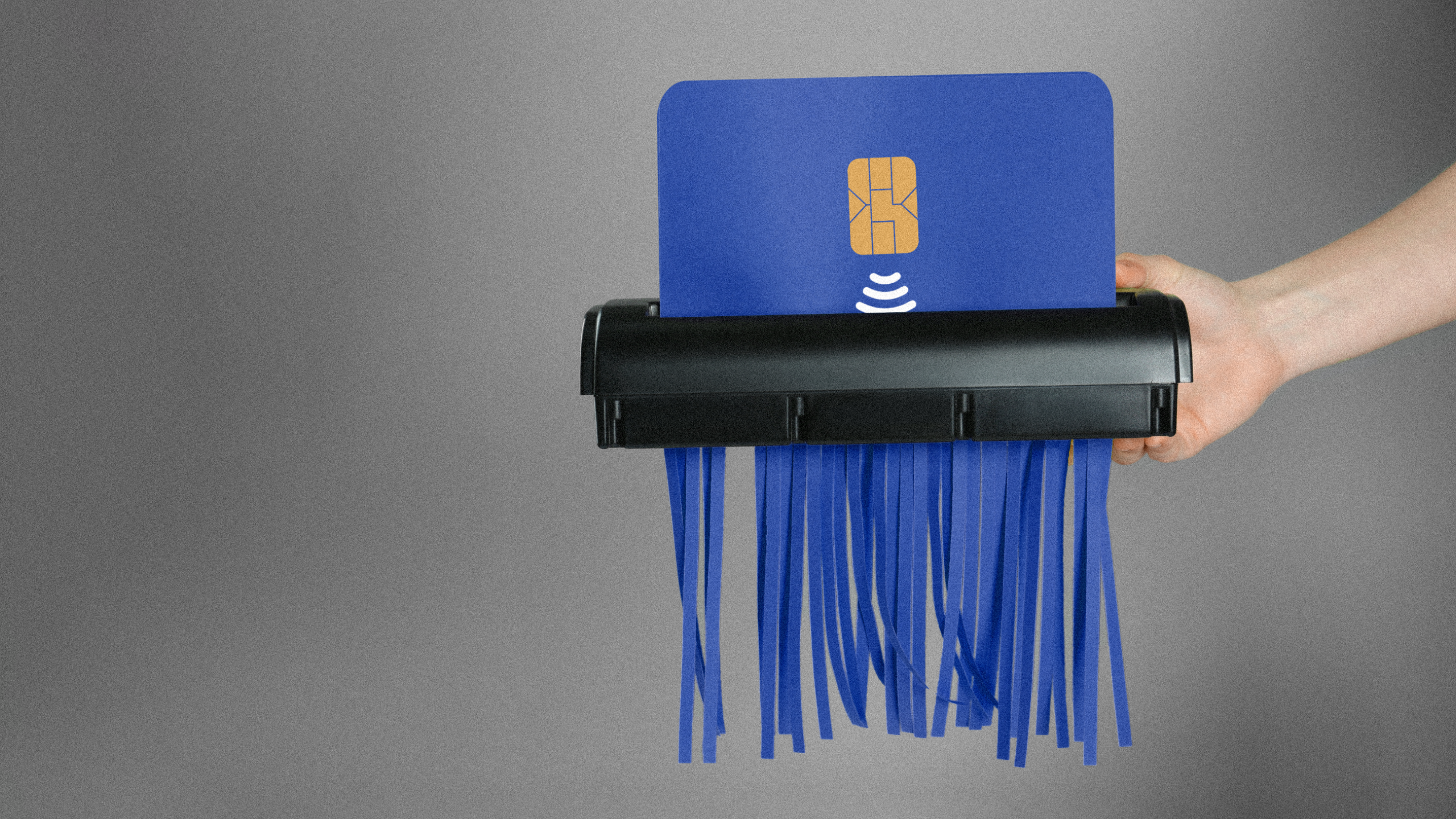
Sign up for smart news, insights, and analysis on the biggest financial stories of the day.
In 2006, Saturday Night Live aired a skit where Chris Parnell was advertising a new financial program he designed to manage debt. It was called “Don’t Buy Stuff You Cannot Afford” and was detailed in a one-page book. The message was simple, but if people were interested in learning more about this novel approach to their spending habits, they could also read the book’s follow-up: “Seriously, If You Don’t Have the Money, Don’t Buy It.” Almost 20 years later, US consumers seem to finally understand what Parnell was talking about.
The pandemic had Americans stuck at home, splurging on new furniture, cars, and electronics, while the post-pandemic era gave people motivation to take that Eurotrip they had been talking about for years or shell out thousands of dollars for OK seats at a Taylor Swift concert. But in a post-post-pandemic world, Americans are starting to get more frugal, or at the very least trying to. And it can all be summed up by the latest social media challenge: No Buy 2025.
The No Buy challenge may not have a major impact on the overall economy — a cohort of frugal Americans won’t drastically slow overall consumer spending. But it can help people save plenty of money, dig themselves out of debt, and reassess their relationship with consumerism.
How Does It Work?
The whole idea is to avoid purchasing non-essential items for the year. So no clothes, no streaming services, no books, no home decor, no makeup, no takeout — really most things outside of groceries, housing payments, transportation costs, and medical bills.
Saving money isn’t a new concept, obviously, and even the phrases “No Buy” and “No Spend” have been around for years. Financial journalist Michelle McGagh took on the challenge in 2015 and detailed the experience in her book “The No Spend Year: How You Can Spend Less and Live More.” By the end of her journey — which did not include going to the bar, nights at the movies, or even cups of to-go coffee — McGagh had managed to save about $23,000 while also becoming an avid cyclist.
The challenge is once again gaining popularity across social media. High inflation and interest rate hikes for the past three years have been draining American’s bank accounts, and now they’re looking for a reprieve. Plus “No Buy 2025” just has a catchy, almost rhyming ring to it. There are currently thousands of posts across Twitter, Instagram, and TikTok with the #nobuy2025, so the challenge has really taken off. Granted, we’re only in March. Only time will tell whether those wannabe-frugal folks can stick it out for the whole year.
Chipping Away: One of the biggest reasons Americans are trying to spend less money right now is because they already owe a lot of money, whether it be to schools and credit card companies or for medical services:
- About half of credit card holders have debt, and the average unpaid balance on those cards was more than $7,200 in Q3 2024, according to LendingTree.
- On top of that, the total average student loan debt (including private loan debt) may be as high as nearly $41,000, per the Education Data Initiative.
And because student loan payments have resumed, delinquencies are starting to hit credit scores again for the first time since before the pandemic. About 43% of grads are late on payments, which can lower some credit scores by as much as 129 points, Bloomberg reported.
Thankfully, sticking to a No Buy challenge can quickly make a dent in those debts: Amanda Rakoczy, a Florida-based content creator, claims she was able to pay off $50,000 in credit card debt last year.
Let’s Talk Tariffs
Prices have already weighed heavily on Americans for the past few years, and thanks to President Donald Trump’s aggressive tariffs policy, many day-to-day purchases could get even more expensive. This week, the Trump administration placed 25% tariffs on Mexican and Canadian imports although he later paused many of them until April. The administration also increased levies on goods entering the country from China by 10%:
- Grocery store prices may increase as Mexico and Canada are among the US’ largest providers of fruits, vegetables, meats, and eggs. The cost of strawberries, avocados and bananas at Target could start rising in just the next few days, CEO Brian Cornell told CNBC this past week.
- Best Buy CEO Corie Barry said prices at the electronics chain won’t shoot up right away, but “we expect our vendors across our entire assortment will pass along some level of tariff costs to retailers, making price increases for American consumers highly likely.” China is one of the retailer’s biggest sources for products.
And don’t forget about pain at the pump. Much of the US depends on Canadian crude oil, imports of which have a lesser 10% tariff. By mid-March, the Northeast could expect fuel prices — including gasoline, diesel, and other petroleum products — to be 20-40 cents per gallon higher, according to GasBuddy analyst Patrick De Haan.
The End Times
On the opposite end of No Buy 2025 are the doom spenders, people who are buying as much as they can because they fear the economy may tank in the near future:
- One in five Americans are buying more than usual, driven by anxieties related to Trump’s tariffs, according to a report from CreditCards.com.
- Doom spenders include folks who are putting down money on major purchases like cars and home appliances, but also those who are stockpiling toilet paper and food in case of another pandemic.
Doom spenders continue to splurge even though nearly 25% of Americans feel they are likely to go deeper into credit card debt this year.
Does This Spark Joy? Not everybody is doing No Buy because they have to keep their finances in check. For more than a decade, Joy Nelson has been pursuing a minimalistic lifestyle and did her first no-buy year in 2019. While she wasn’t concerned with debt or not having enough money to pay her bills, she disliked the grip overspending had on her mental health.
“There was a time in my life when I used shopping as a way to cope with stress and anxiety, and it doesn’t help that I really love fashion and home decor,” she told The Daily Upside.
Nelson now runs a blog and social media channels under the moniker of Organized with Joy, where she catalogs her home-cleaning and decluttering practices. She recently began drifting back into those old overshopping tendencies and decided to take on the No Buy 2025 challenge.
“Hopefully, I’ll be able to inspire others to evaluate their own spending habits and really challenge them to spend time away from all the consumerism,” she said.
